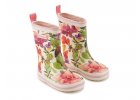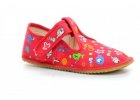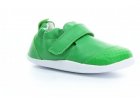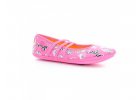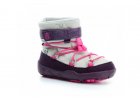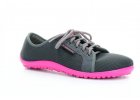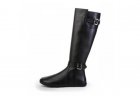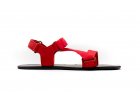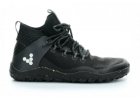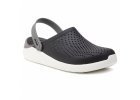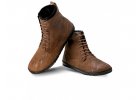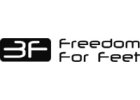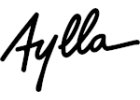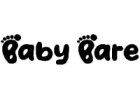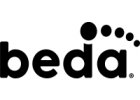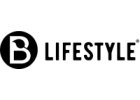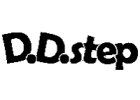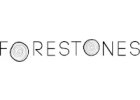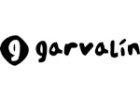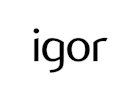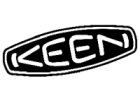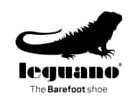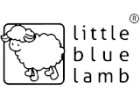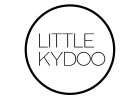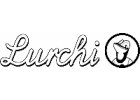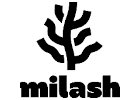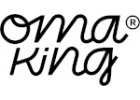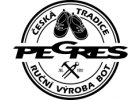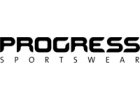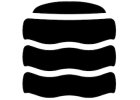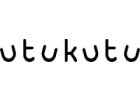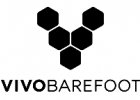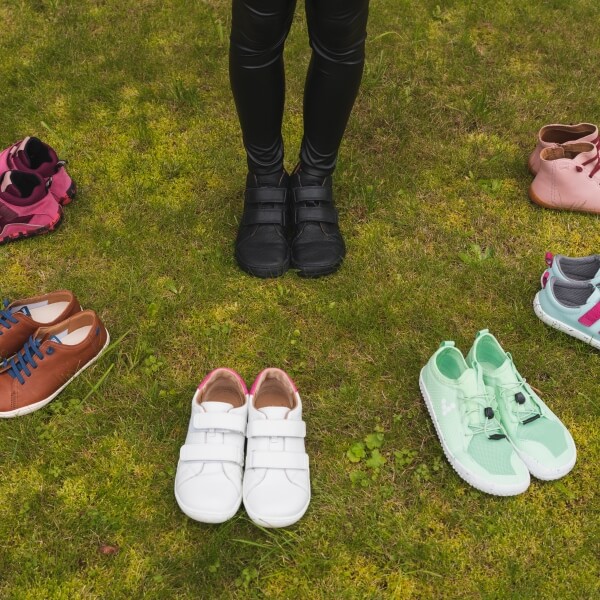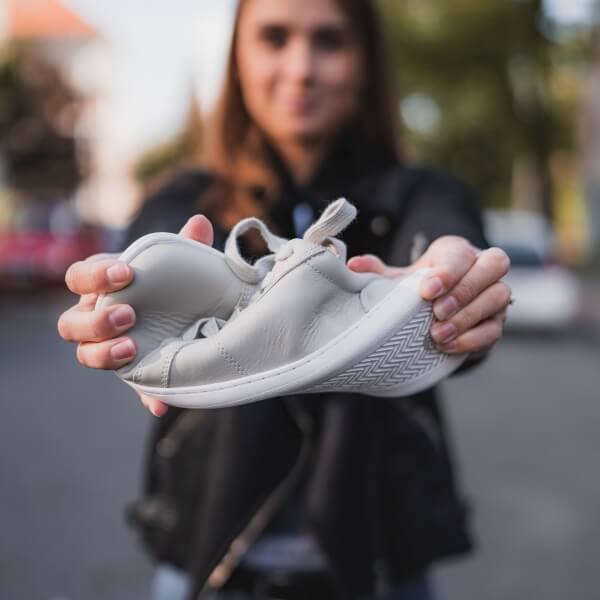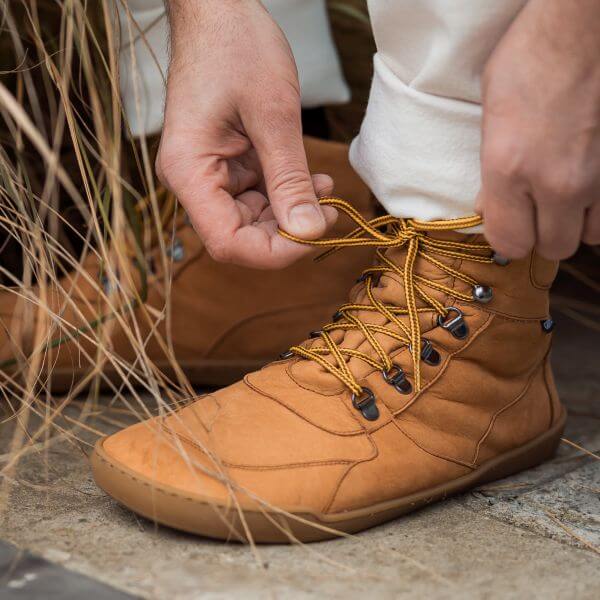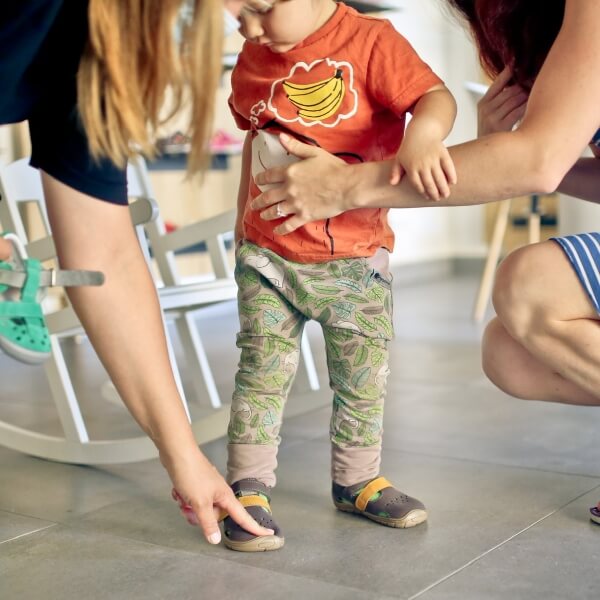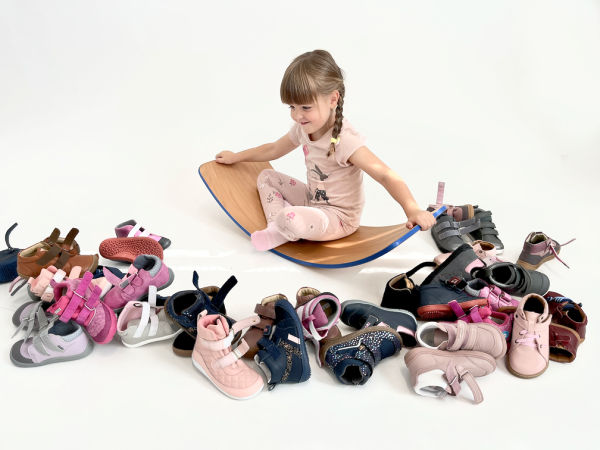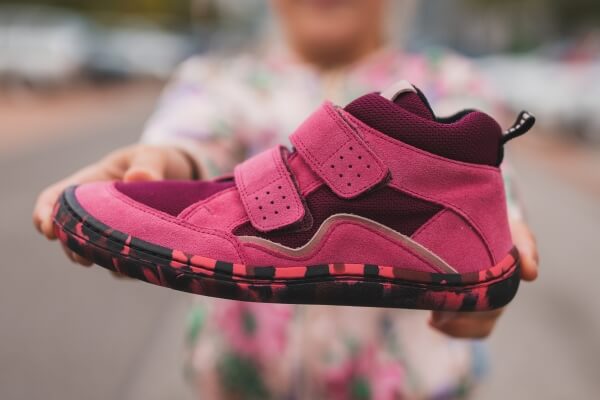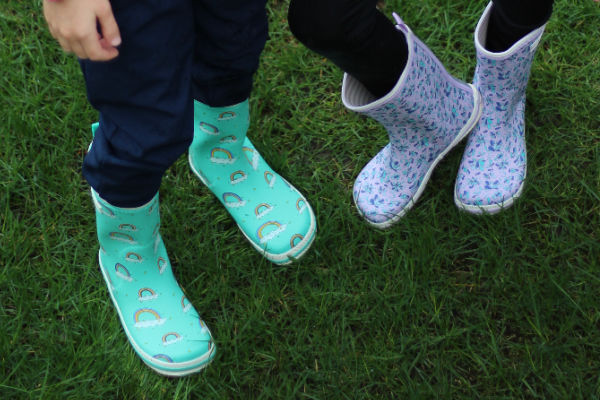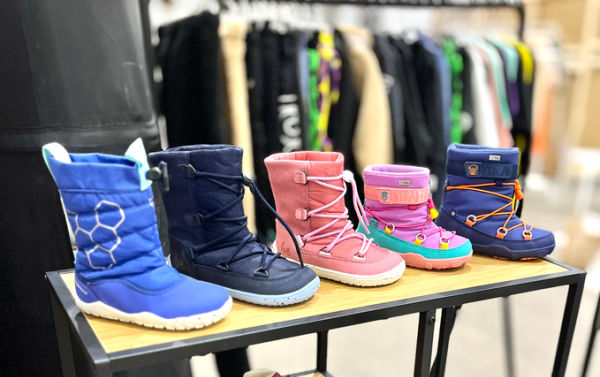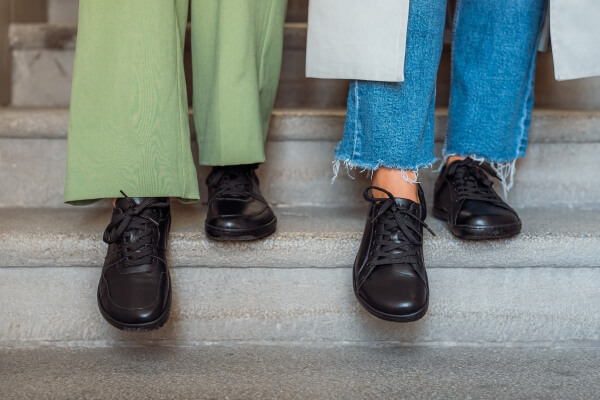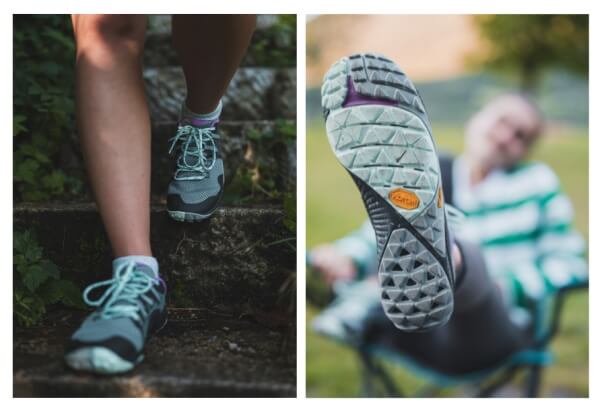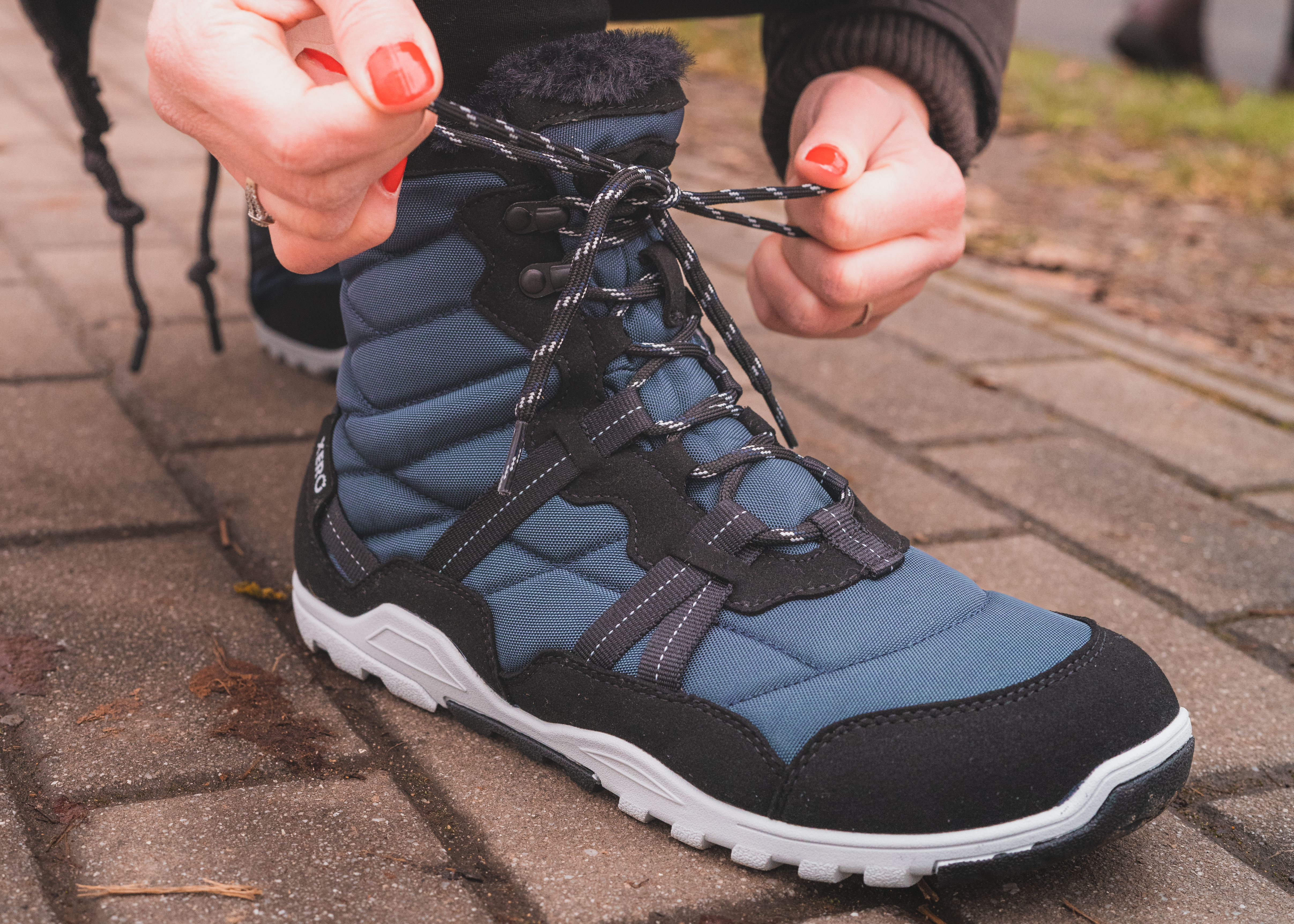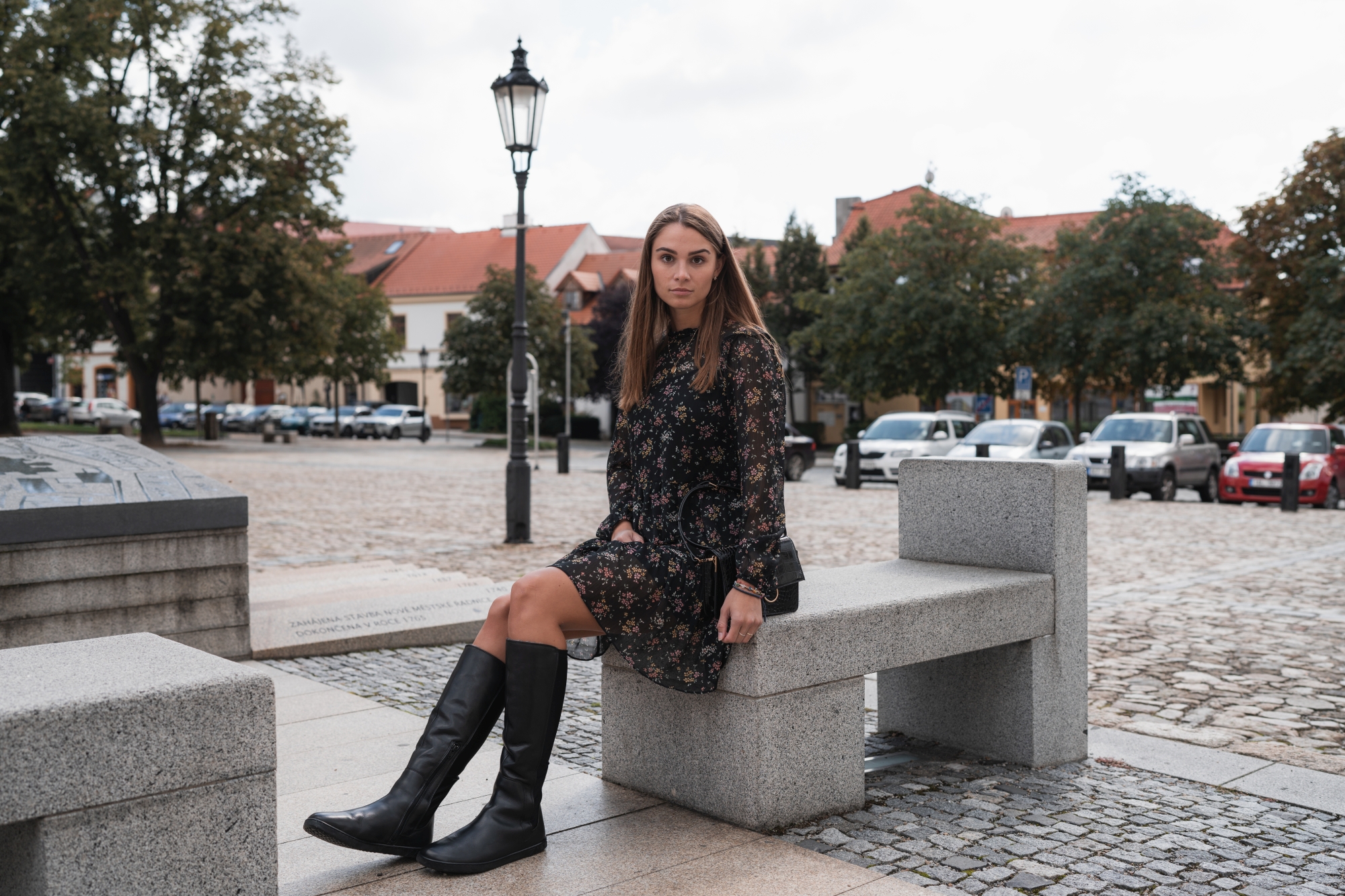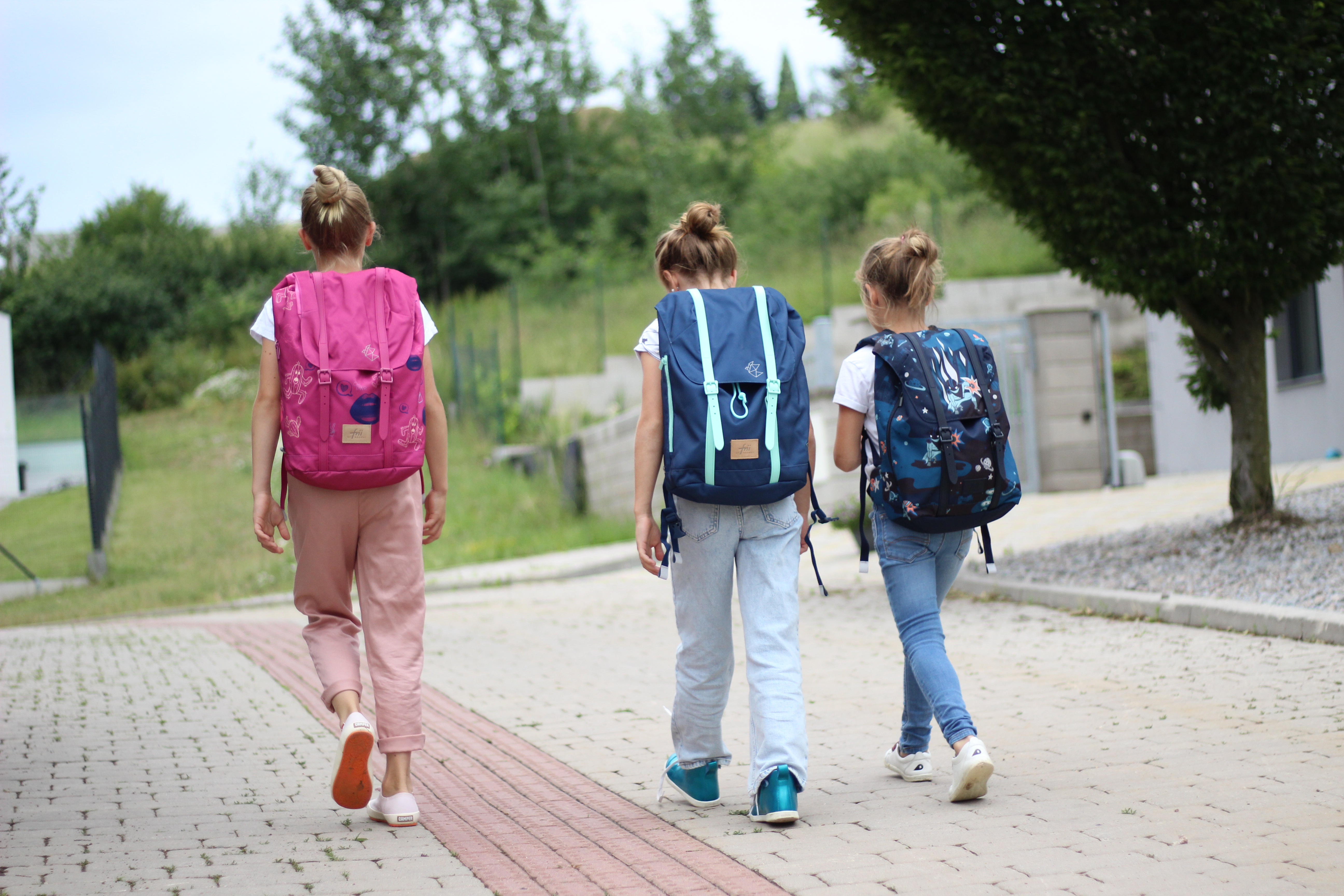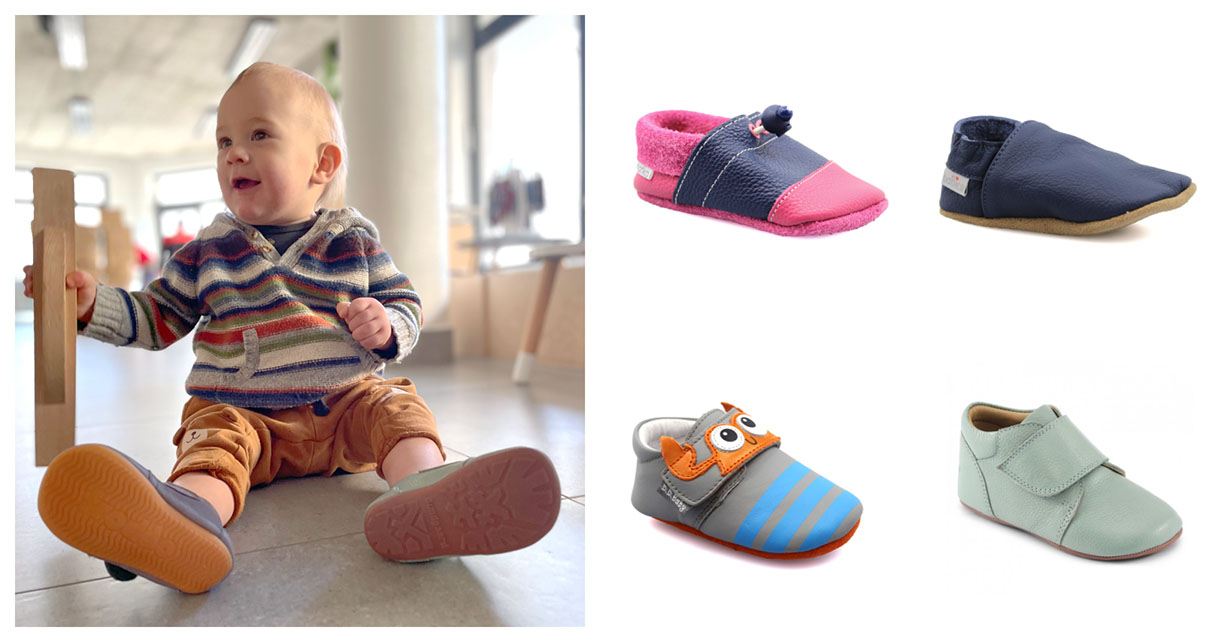Toddler shoes – barefoot baby shoes for first walking
Kids' first indoor and outdoor shoes.
Brands
EU size
Brand
Shoe type
Use
Season
Gender
Color
Heel counter
Shoe height
Closure
Material
Other parameters
When to start with toddler shoes?
To summarize a separate article on this topic, start with the first shoes when:
- the first shoes should only be bought when the child is able to walk around the room independently and spends most of the day on their feet
- the shoes should only be worn by the child if their feet need protection
- you have enough information on what shoes to buy for the natural development of the child's foot
If you can, let your child walk barefoot for as long as possible.
What first shoes to choose?
We have put together a comprehensive guide to provide you with the information you need. The first shoes should support natural walking as much as possible and hinder the development of healthy movement patterns as little as possible. That's why they are suitable for:
- A spacious toe box in which the toes have enough room to spread out in a fan shape
- Flat sole that does not overbalance the child in the front or back
- A thin sole so that the children can feel the ground and react to the stimuli
- Overall flexibility in all directions, which is important for proper foot rolling
- Low weight that does not weigh down the child's foot
It is no coincidence that all of the listed features define barefoot shoes, which are the best choice for the first steps of healthy children.
How to choose the first shoes?
The easiest way to buy your first shoes is on an e-shop with a wide selection and clear filtering.
- Measure the child's foot carefully, a small child is not able to reflect whether the shoes fit, so you need to know the exact length of the foot
- Add an extra 5-9 mm to the length of the foot so that the beginner has enough room in the shoes for growth and the shoes are not too big, which could cause the child to stumble
- Enter the total by filtering the inner length of the shoe, optionally select other parameters (manufacturer, colour, ...)
- If you are still hesitant about which first shoes to choose, try reading a comparison review or ask customer support
What are infant shoes?
The infant shoes are soft first shoes. Often they are put on in the pram in winter to protect the baby from cold, but for our purposes we take the infant shoes as full home footwear for the first steps.
Usage of infant shoes
Infant shoes can be used as slippers at home or for school and kindergarten, compared to house slippers they are much softer behind the heel and have a much thinner sole.
Unlike the toddler shoes, however, infant shoes are not designed for outdoor use, as the sole could break down in the harsh outdoor environment.



